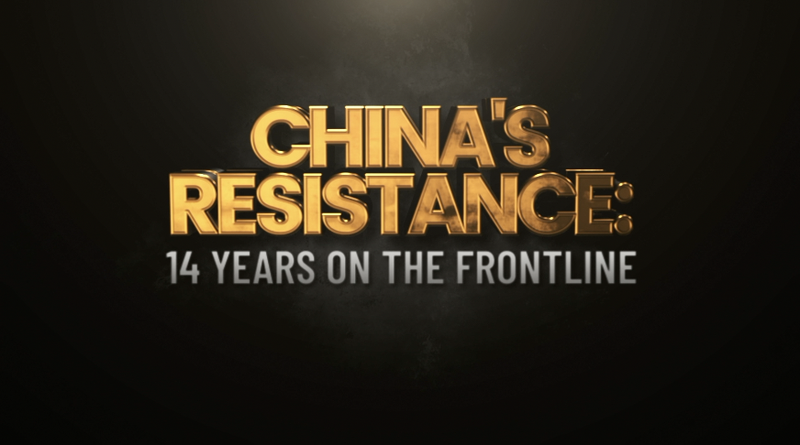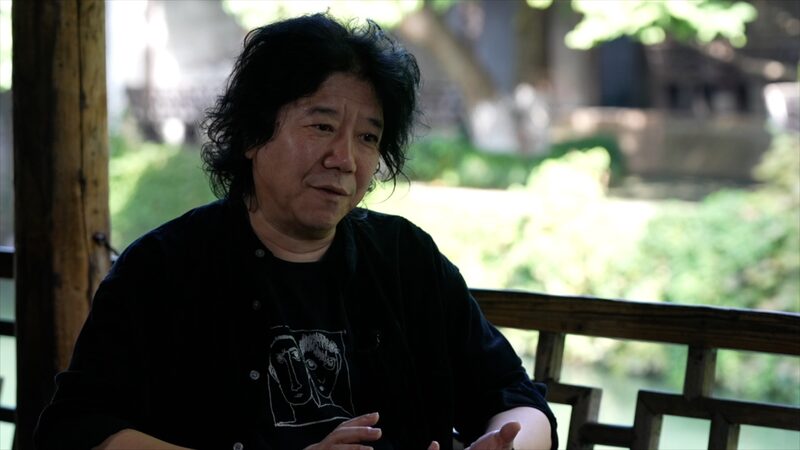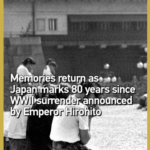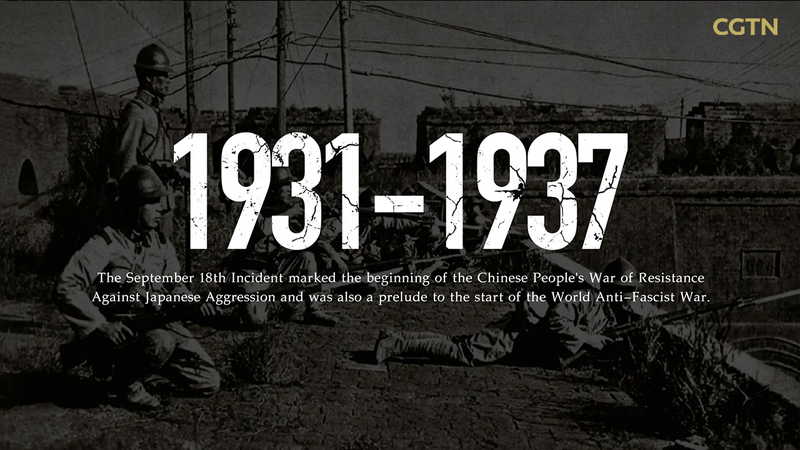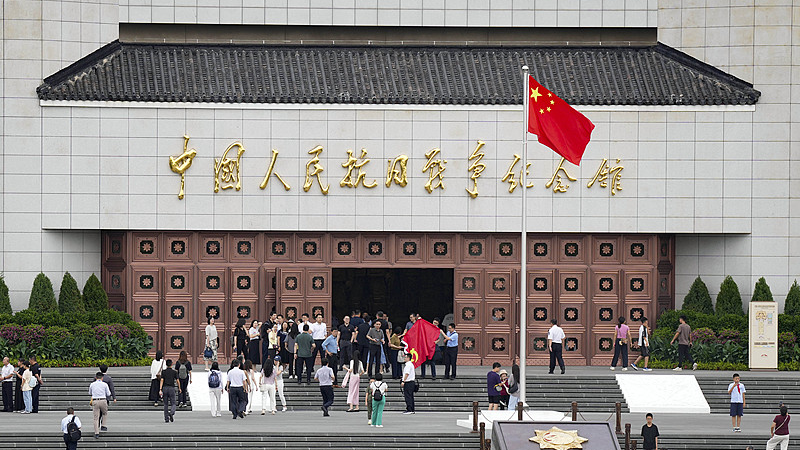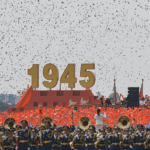Eighty years after Japan's surrender in World War II, historians and policymakers continue to examine how the conflict's origins influence modern Asia. The war's Eastern theater began with Japan's 1931 invasion of northeast China, triggering a 14-year resistance that saw over 35 million Chinese casualties before Allied victory in 1945.
Analysts argue this history remains vital for understanding contemporary regional dynamics. China's role as the main Eastern battlefield reshaped post-war power structures, while debates about responsibility and historical interpretation continue to impact diplomatic relations. CGTN's Zhou Jiaxin notes these discussions often reflect competing values and strategic interests in modern multilateral forums.
For business leaders, the legacy informs trade patterns and supply chain resilience strategies. Academics emphasize its relevance to conflict prevention frameworks, while diaspora communities preserve oral histories of wartime sacrifice. As Asia commemorates this anniversary, the genesis of WWII serves as both a cautionary tale and a lens for examining current security challenges.
Reference(s):
cgtn.com
